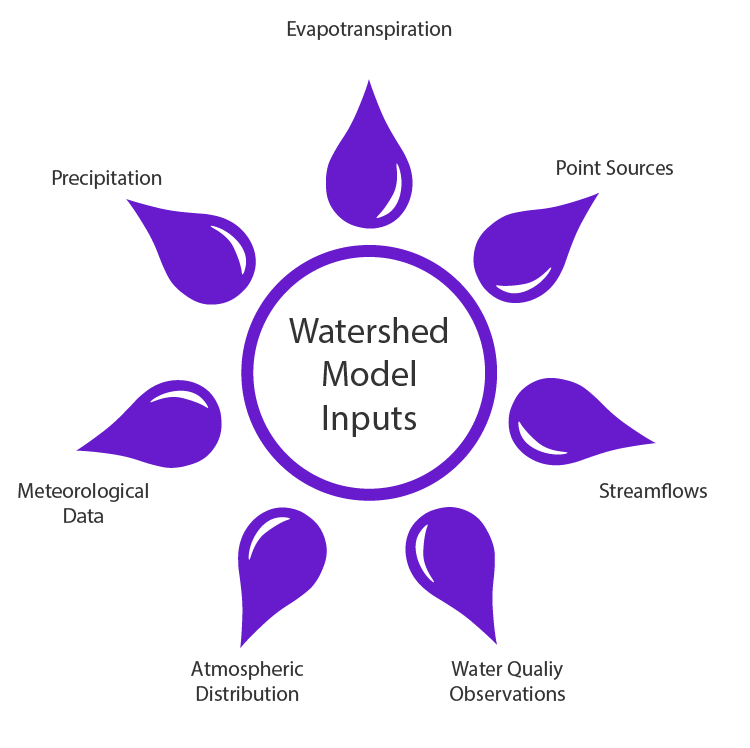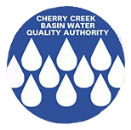Watershed Model
Key Takeaways:
To better understand watershed and Reservoir interactions and correlations, in 2019, CCBWQA initiated an evaluation of integrating the watershed and Reservoir models. This work is expected to be completed in 2020.
The primary goal of the Cherry Creek Watershed Model is to provide detailed information on hydrologic, sediment and nutrient loading as inputs to the Cherry Creek Reservoir and as boundary conditions for the Reservoir model. In addition, the Cherry Creek Watershed Model must represent and quantify loadings from multiple land uses, pollutant sources, along with impacts of water quality controls, and instream processes that affect the pollutant loadings to the Reservoir. The HSPF (Hydrological Simulation Program - FORTRAN) model was chosen to represent a watershed that consists of two primary components: land areas and stream channels and the Reservoir.
In addition to the hydrology and water quality, the HSPF model simulation incorporates segmentation and characteristics of the Cherry Creek Watershed. Watershed segmentation is based on spatial characteristics of the watershed which include:
- Topography
- Drainage Patterns
- Land uses and Distribution
- Meteorological Variability
- Soils Conditions
The Model Report describes the details of the watershed model development efforts, including model setup procedures and assumptions, available data to support the model, calibration and validation time periods, constituents to be simulated, model scales and resolution, model performance targets, and a discussion of the results. CCBWQA is currently working to integrate the watershed and Reservoir models.
Useful Links

Model Inputs

